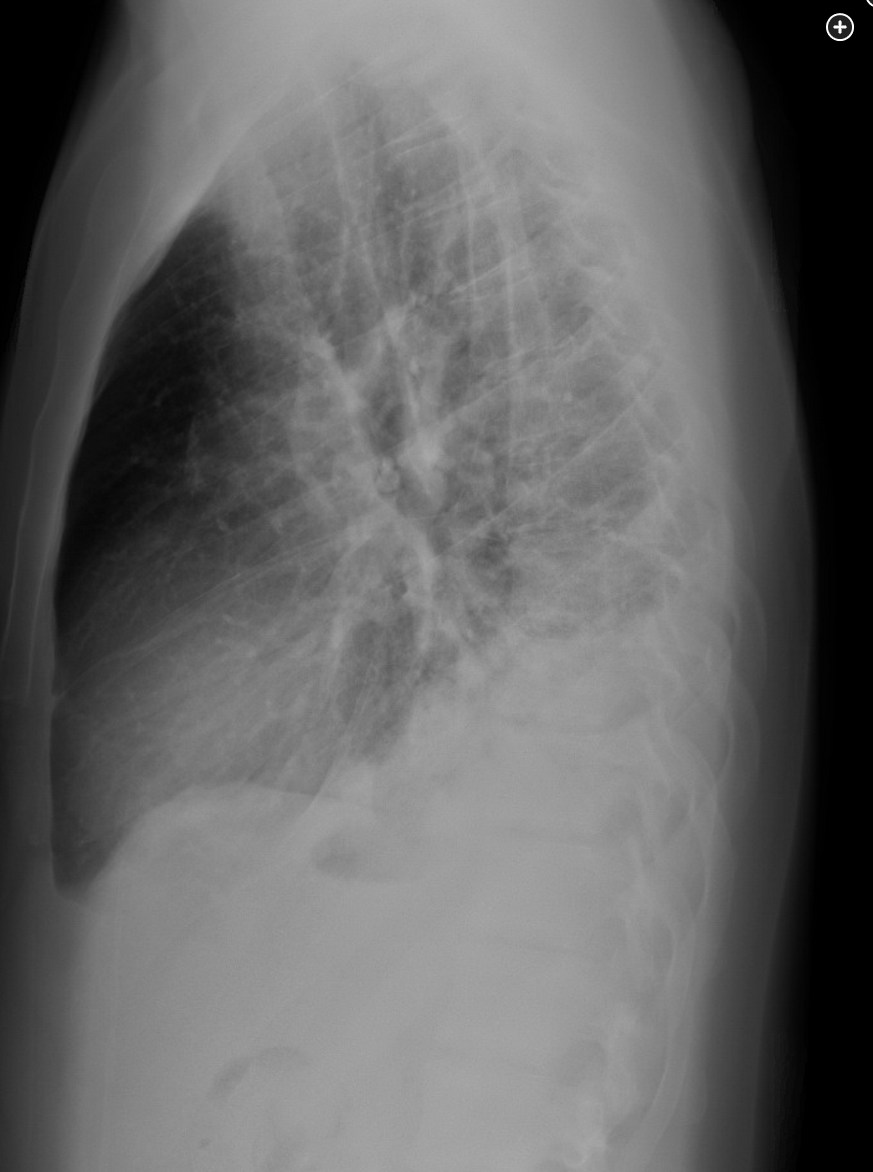acute chest syndrome in sickle cell disease
- related: Pulmonology
- tags: #literature #pulmonology

The patient has SCD, an inherited single-gene autosomal recessive disorder resulting in the production of hemoglobin S, which results in RBC sickling and hemolytic anemia. Over time, numerous organs may be adversely affected, resulting in a reduced median survival and decreased average life expectancy. Pulmonary complications include asthma, restrictive lung disease, the acute chest syndrome (ACS), venous thromboembolic disease, and pulmonary hypertension. The patient presents with ACS, which is defined as a new pulmonary opacity on chest images, along with two of the following: fever, elevated respiratory rate, hypoxemia, or pleuritic chest pain. ACS is thought to result from multiple factors, including infection, in situ sickling, fat embolism, and venous thromboembolism. In an individual patient, ACS may occur owing to one or more of these processes. ACS is seen in up to 20% of patients hospitalized with SCD, frequently occurring a few days after admission for vaso-occlusive acute pain crisis, as in this patient. ACS is a serious and life-threatening complication of SCD and can result in acute respiratory failure and death.
In situ sickling can be decreased by transfusion of packed RBCs (target Hgb 10?1) or exchange transfusion, which consists of both removal of the patient’s RBCs by means of pheresis or phlebotomy and infusion of packed RBCs. Treatment with antibiotics for respiratory infection is indicated, which is one of the inciting factors for ACS, especially in children. Study results have demonstrated pulmonary infection from both viral and bacterial organisms. A course of antibiotics directed against documented pathogens is typically administered in adults, especially if fever or an elevated WBC count is present; if cultures are negative, as in this case, treatment for community-acquired pneumonia is administered, which would not include tobramycin (choice A is incorrect). Anticoagulation is not indicated unless testing reveals macroscopic venous thromboembolism, which was not present in this patient (choice B is incorrect). Incentive spirometry may help reduce the incidence of ACS but will not result in resolution once it has occurred (choice C is incorrect).2